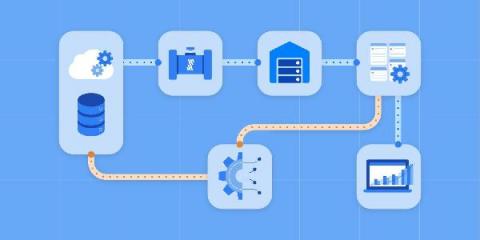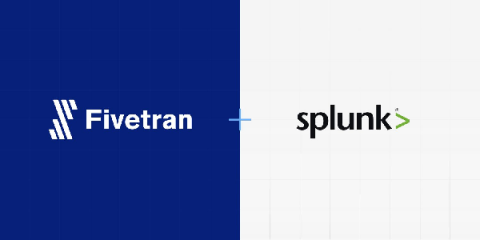New flexibility: Run your Dataprep jobs with BigQuery or Dataflow
Cloud Dataprep by Trifacta is Google Cloud’s intelligent data service for visually exploring, cleaning, and preparing structured and unstructured data for analytics and machine learning. Due to its serverless architecture, Dataprep does not need any infrastructure to deploy or manage, and is fully scalable.









